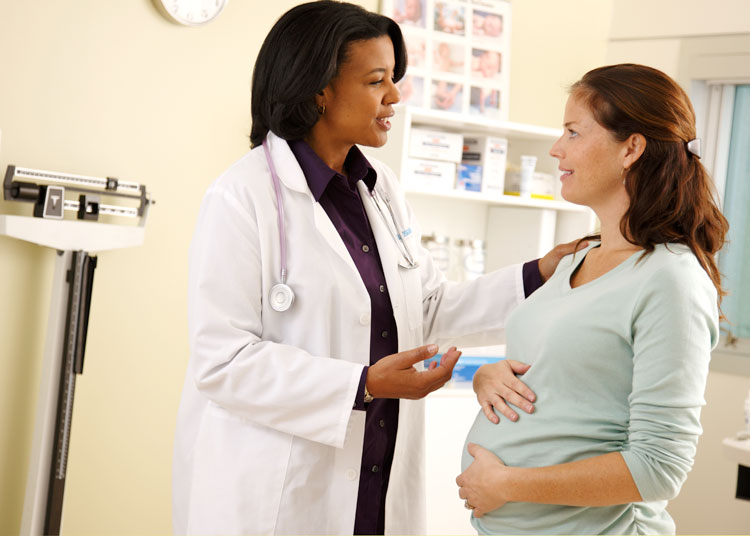Kaiser Permanente study provides detailed information on links between cardiometabolic conditions and cesarean sections.
Elevated maternal body mass index, blood pressure and blood sugar were all independently associated with an increased risk of undergoing a cesarean section, shows a new study by Kaiser Permanente researchers.
C-section deliveries are more common than ever and are now the most common surgery in the United States. Yet this surgery is associated with an increased risk of adverse perinatal outcomes, including surgical complications, severe hemorrhage, infection and cardiac arrest.
While maternal cardiometabolic risk factors such as hyperglycemia (high blood sugar), pre-existing hypertension and high body mass index had each been separately examined in relation to C-section delivery, their independent and joint contributions to C-section deliveries has not been clear. The new study helps quantify each risk factor’s contribution to a C-section delivery and how the combination of risk factors affect risk, and also provides evidence for how much C-section rates could drop if these modifiable risk factors were eliminated. For example, women who had a body mass index of at least 25, which is considered overweight, and developed preeclampsia, a high blood pressure disorder, during pregnancy had an almost 2.5-fold increased risk of having a C-section compared to a normal weight woman with normal blood pressure.

“Risk factors such as high body mass index, high blood pressure and high blood sugar are potentially modifiable, but they are increasingly common in reproductive age women and associated with a significant number of C-section deliveries,” said the study’s lead author, Monique Hedderson, PhD, a research scientist at Kaiser Permanente Northern California’s Division of Research.
The study also found a trend of increasing risk of C-section delivery with increasing number of cardiometabolic risk factors. Women with one risk factor had a nearly 40 percent increased risk of C-section compared to women with no cardiometabolic risk factors. That risk increased to nearly 70 percent for two risk factors and the risk more than doubled for three or more risk factors.
The study, titled “A cohort study of maternal cardiometabolic risk factors and primary cesarean delivery in an integrated health system,” was published July 3 in the journal PLOS ONE.
The study analyzed a cohort of 185,045 live, single births from 2001 to 2010 from mothers who are members of Kaiser Permanente Northern California.
The study found that any degree of abnormal glucose in pregnancy or hypertensive disorder and overweight and obesity significantly elevated the risk of C-section. The risk factors were independently significant even among women with appropriately sized infants for gestational age, suggesting that the cardiometabolic risk factors are associated with C-sections, independent of the baby’s size, which itself is a risk factor for a C-section delivery.
“Obesity and high blood sugar lead to excess growth in the fetus, but it had been unclear whether these cardiometabolic risk factors increase C-section rates even among women with babies of normal weight for gestational age,” Hedderson said.
Among the key findings, the study showed that eliminating higher than optimal weight in pregnant women could prevent 17 percent of C-sections. Eliminating hyperglycemia and pre-existing hypertension could prevent 7 percent and 2 percent, respectively, of all C-section deliveries, the study found. Increasing the proportion of women entering pregnancy at an optimal weight with normal blood pressure and glocuse could eliminate 20 percent of C-sections.
“Developing healthy lifestyle interventions to help reduce these risk factors – obesity, hypertension and glucose intolerance – in young, reproductive age women may help reduce C-section rates,” Hedderson said.
The study was funded by a community benefit grant from Kaiser Permanente.





Comments (0)